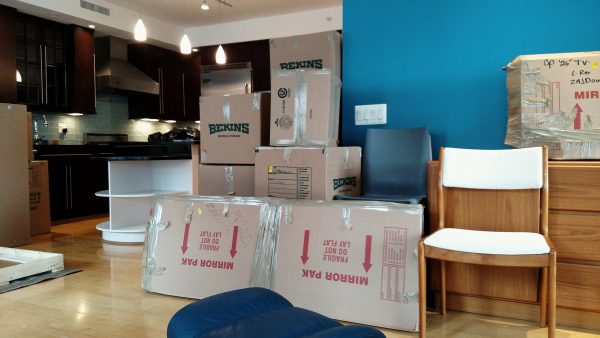A recent study published by the CBRE real estate group has found that the coronavirus pandemic accelerated migrations across the United States last year. Citing data from the U.S. Postal Service, the report noted that the accelerated migration was more prominent among people from urban regions moving to Sunbelt Metro cities. For instance, from places like New York and San Francisco to cities like Charlotte, Dallas, and Austin. Relocations from San Francisco to Florida and Texas rose by 46 percent and 32 percent respectively.
The study notes that many of the people who changed locations are likely to move back once the pandemic situation is brought under control. “Affordability is a major driver of movement between the high-cost coastal markets and Sun Belt cities… Cities like Charlotte, Dallas, and Austin have long been the recipient of substantial in-migration from major metropolitan cities, but the COVID-19 pandemic accelerated that flow of people in 2020,” Eric Willett, CBRE Director of Research and author of the research report, said to Fox Business.
Among the 30 largest metros in the United States, Sacramento had the highest net move-ins when compared to the previous year, with a value of 0.3 per 1,000 residents in 2020 from -3.2 in 2019. Much of the gain was due to people moving in from San Francisco. Most of the movement out of urban regions was led by individuals who were “young, affluent, and highly educated.”

Another report from Zillow found that the cities of Phoenix in Arizona, Charlotte in North Carolina, and Austin, Texas had the most outbound moves in the first 11 months of last year, as people sought out warmer regions amidst the pandemic. This movement into the Sun Belt metro cities is expected to continue in 2021.
Places like Los Angeles, New York, San Francisco, and Chicago saw the highest net outbound movements. These places have some of the most expensive housing markets in the country. Zillow’s survey found that almost 1 in 10 Americans had moved to another region in the past year.
Success
You are now signed up for our newsletter
Success
Check your email to complete sign up
“The pandemic brought an acceleration of trends we were seeing in 2018 and 2019… More affordable, medium-sized metro areas across the Sun Belt saw significantly more people coming than going, especially from more expensive, larger cities farther north and on the coasts. The pandemic has catalyzed purchases by millennial first-time buyers, many of whom can now work from anywhere,” Zillow senior economist Jeff Tucker said in a statement.
54 percent of the Americans who relocated said that they experienced happiness while 53 percent were relieved. 80 percent felt that the relocation was worth it.
The desire to move somewhere else continues to be strong among many Americans according to a report by property agency Redfin. Almost a third of the respondents admitted that they would move to a new location if they were able to work from home post the pandemic. Another third admitted to having already moved to a new location. 30 percent of the people who moved relocated to within 50 miles of their previous home.
Redfin chief economist Daryl Fairweather notes in the report that the pandemic-driven relocation has not reached its final phase yet. He predicts a second wave of migration in 2021, mostly driven by permanent remote workers choosing homes based on their lifestyle preferences rather than closeness to the office.
















